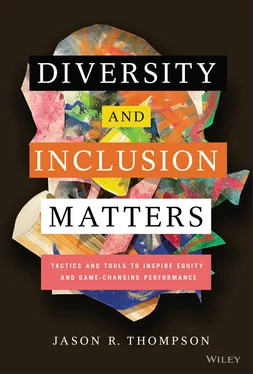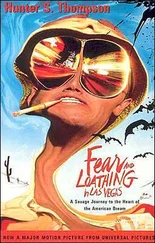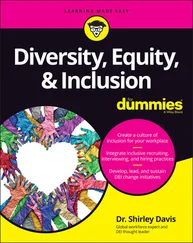Jason R. Thompson - Diversity and Inclusion Matters
Здесь есть возможность читать онлайн «Jason R. Thompson - Diversity and Inclusion Matters» — ознакомительный отрывок электронной книги совершенно бесплатно, а после прочтения отрывка купить полную версию. В некоторых случаях можно слушать аудио, скачать через торрент в формате fb2 и присутствует краткое содержание. Жанр: unrecognised, на английском языке. Описание произведения, (предисловие) а так же отзывы посетителей доступны на портале библиотеки ЛибКат.
- Название:Diversity and Inclusion Matters
- Автор:
- Жанр:
- Год:неизвестен
- ISBN:нет данных
- Рейтинг книги:3 / 5. Голосов: 1
-
Избранное:Добавить в избранное
- Отзывы:
-
Ваша оценка:
- 60
- 1
- 2
- 3
- 4
- 5
Diversity and Inclusion Matters: краткое содержание, описание и аннотация
Предлагаем к чтению аннотацию, описание, краткое содержание или предисловие (зависит от того, что написал сам автор книги «Diversity and Inclusion Matters»). Если вы не нашли необходимую информацию о книге — напишите в комментариях, мы постараемся отыскать её.
Diversity and Inclusion Matters: Tactics and Tools to Inspire Equity and Game-Changing Performance,
Diversity and Inclusion Matters
Diversity and Inclusion Matters — читать онлайн ознакомительный отрывок
Ниже представлен текст книги, разбитый по страницам. Система сохранения места последней прочитанной страницы, позволяет с удобством читать онлайн бесплатно книгу «Diversity and Inclusion Matters», без необходимости каждый раз заново искать на чём Вы остановились. Поставьте закладку, и сможете в любой момент перейти на страницу, на которой закончили чтение.
Интервал:
Закладка:
Diversity training is part of how you create a more diverse and inclusive work environment, but it is not a solution in and of itself. A one-time training, whether it's 45 minutes or a whole day, will not change the culture of the organization or one's views. Diversity training is part of the process the company will use to create the needed change for the organization. In 2019 a Harvard Business Review article stated that virtually all Fortune 500 companies offer diversity training to their employees. 1 Despite this “since 2000, 99% of Fortune 500 companies have paid settlements in at least one discrimination or sexual harassment lawsuit, according to a report from Good Jobs First, and that's not including the cases without a public record or incidents victims didn't report.” 2
So why doesn't diversity training work? The biggest challenge for diversity programs is unrealistic expectations! Think about it: It would be impossible to teach someone calculus in a one-hour session. Yet, we think a one-hour mandatory session on diversity will teach employees everything they need to know about race, ethnicity, discrimination, privilege, the LGBTQ+ community, persons with disabilities, unconscious bias, and so on. Even if you did a two-week, all-day mandatory session, you could not reasonably think all the items listed above could be taught, and no one would ever assume everyone would retain all that information.
JASON-ISM
One of the biggest challenges for diversity programs is unrealistic expectations.
The best way to get organizational change and create an inclusive environment is to use organizational change models and principles. The one I recommend is the ADKAR model created by Prosci founder, Jeff Hiatt. 3 ADKAR is an acronym that stands for awareness, desire, knowledge, ability, and reinforcement. I've adapted Hiatt's model to address the specific needs of DE&I ( Figure 2.1).
The adaptation from a diversity-training model to a model that supports change at the organizational level is necessary because DE&I is broad, complicated, and requires lots of repetition. For example, I could have a very good understanding of race, but that would not mean I also have an equally good understanding of anything to do with people with disabilities. Moreover, even within the concept of race, an understanding of the experience of African Americans would not mean I have an understanding of the experience of Indigenous people. Each of the concepts would require its own model to increase understanding.
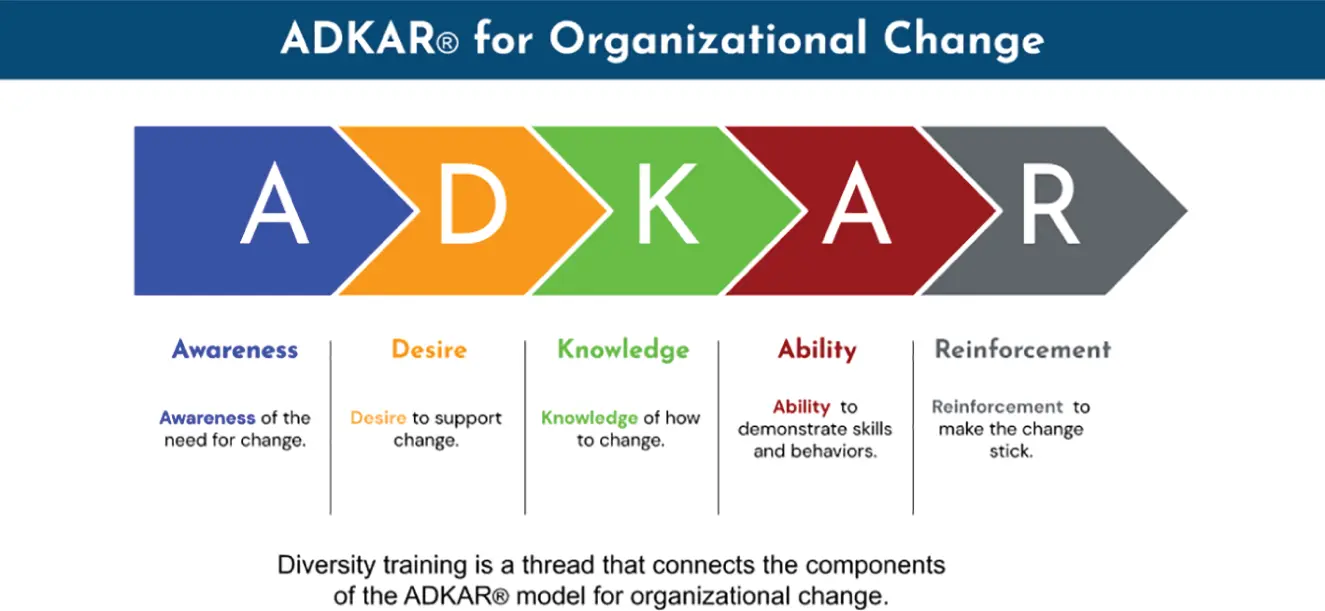
Figure 2.1 ADKAR® model for organizational change.
Source: ADKAR is a registered trademark of Prosci, Inc. Used with Permission.
Recruitment and Retention
I remember a call I received from a CDO who had been on the job about 10 months, and nothing was going their way. They were the head of DE&I for a large tech company. They were not sure what to do, the initiatives they tried were not working, and they were convinced the employee resource group (ERG) leaders hated them. The ERG leaders were questioning all the decisions they did make, and there was no way to show progress. This person realized that as CDO, they were supposed to influence every hire made by the organization and help the CEO and every other senior leader set expectations and goals on DE&I. They were coming to the end of their first year, and they were going to be held responsible if the goals were not met. On top of that, they needed to set more goals for year two of the fledgling program. This was overwhelming, to say the least, and generally not all of this was going to get done. They wanted my help, and because I had seen this before, I knew I could offer some good guidance.
Generally, I found there were certain issues that continued to come up. First, there was no manual to help them run a DE&I program. Second, they were overwhelmed by all the things that needed to be fixed. Third, the company had unrealistic expectations of what a DE&I program could do and of the timeline necessary to make the desired change.
The combination of these three issues make it impossible to be successful. When there is an overwhelming list of things to be done, the expectations are unrealistic, and if there is no manual to help you show results, you will struggle. It is a no-win situation for both the diversity officer and the company. As I always say, the toughest part of a DE&I job is unrealistic expectations.
The solution for this CDO, and what I have helped others understand, is that most of these issues arise from making DE&I goals too theoretical and impractical. I told them that there are two main things that all DE&I programs do: recruitment and retention of employees ( Figure 2.2). Approximately 90% of the work falls in these two categories. As a company, you are either recruiting staff or you are trying to retain staff. Your DE&I program may also include students or customers, but the fundamental goal is the same. You are recruiting students and customers, or you are retaining them. Understanding this principle will make your DE&I program highly impactful. Additionally, because you've narrowed the parameters, it's easy to figure out the numbers, the quantitative data, that you need to track and report your success.
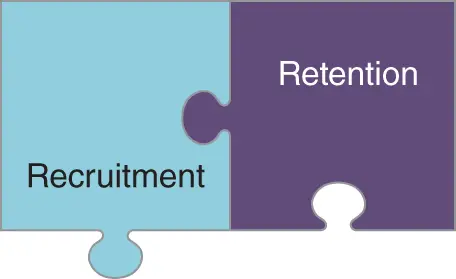
Figure 2.2 The Recruitment Retention Link for DE&I.
JASON-ISM
There are two main things that all DE&I programs do: recruitment and retention.
Using the framework of recruitment and retention will help prioritize the many objectives and goals DE&I officers are given. By understanding how to frame your DE&I work and using CAPE, the puzzle pieces will start to make sense, and you can stay focused, thus building an exceptional organization.
The practical reason for categorizing DE&I work into recruitment and retention is to create a simple matrix to prioritize your resources and the work you need to do. For example, when I developed the Diversity Scorecards for the United States Olympic and Paralympic Committee (USOPC), I used this basic framing. You can see the Diversity Scorecards on the Team USA website, but I have created the CAPE Diversity scorecard that is more widely applicable regardless of industry ( Figure 2.3). The USOPC is made up of over 50 independent national governing bodies (NGBs) representing each sport within the Olympic and Paralympic movement. The CEO of USOPC at that time wanted a simple way to measure the DE&I work. This was no small task because each NGB is an independent nonprofit with their own board and leadership team, and I was required to help each of them create a plan and execute it. When I started, I had no staff and little budget. At that time the only DE&I-focused program USOPC had was called FLAME. I was told to take over the FLAME program, but the HR director at that time refused to transition the budget to run the program. So, there I was trying to launch a DE&I program with little budget and given a program to run with no budget. I was eventually able to get the FLAME budget transferred to my department, and I did run a successful program, but needless to say there was a lot of work to be done and little support.
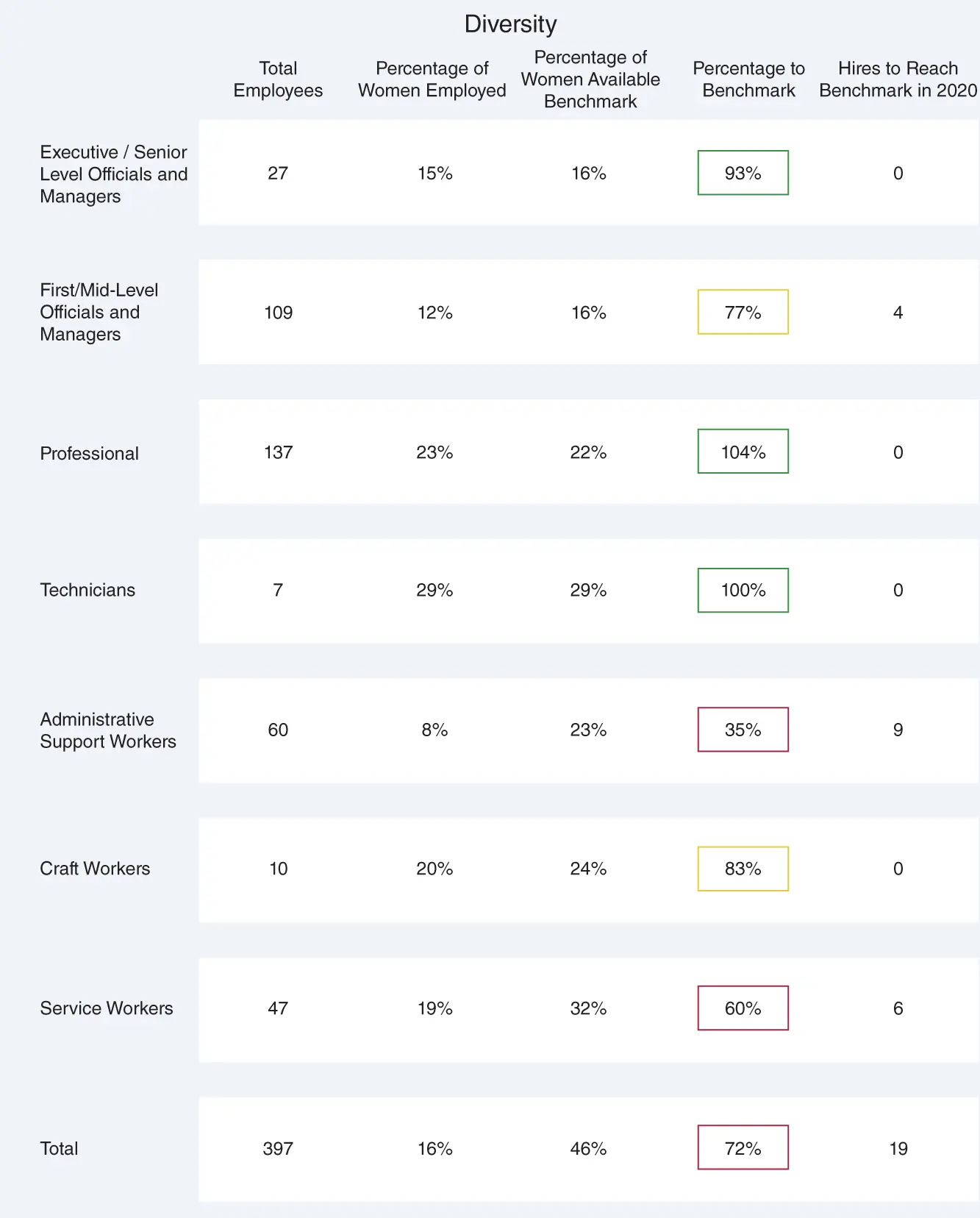
Figure 2.3 A Sample CAPE DE&I Insights scorecard allows for easy-to-visualize DE&I solutions.
Читать дальшеИнтервал:
Закладка:
Похожие книги на «Diversity and Inclusion Matters»
Представляем Вашему вниманию похожие книги на «Diversity and Inclusion Matters» списком для выбора. Мы отобрали схожую по названию и смыслу литературу в надежде предоставить читателям больше вариантов отыскать новые, интересные, ещё непрочитанные произведения.
Обсуждение, отзывы о книге «Diversity and Inclusion Matters» и просто собственные мнения читателей. Оставьте ваши комментарии, напишите, что Вы думаете о произведении, его смысле или главных героях. Укажите что конкретно понравилось, а что нет, и почему Вы так считаете.
